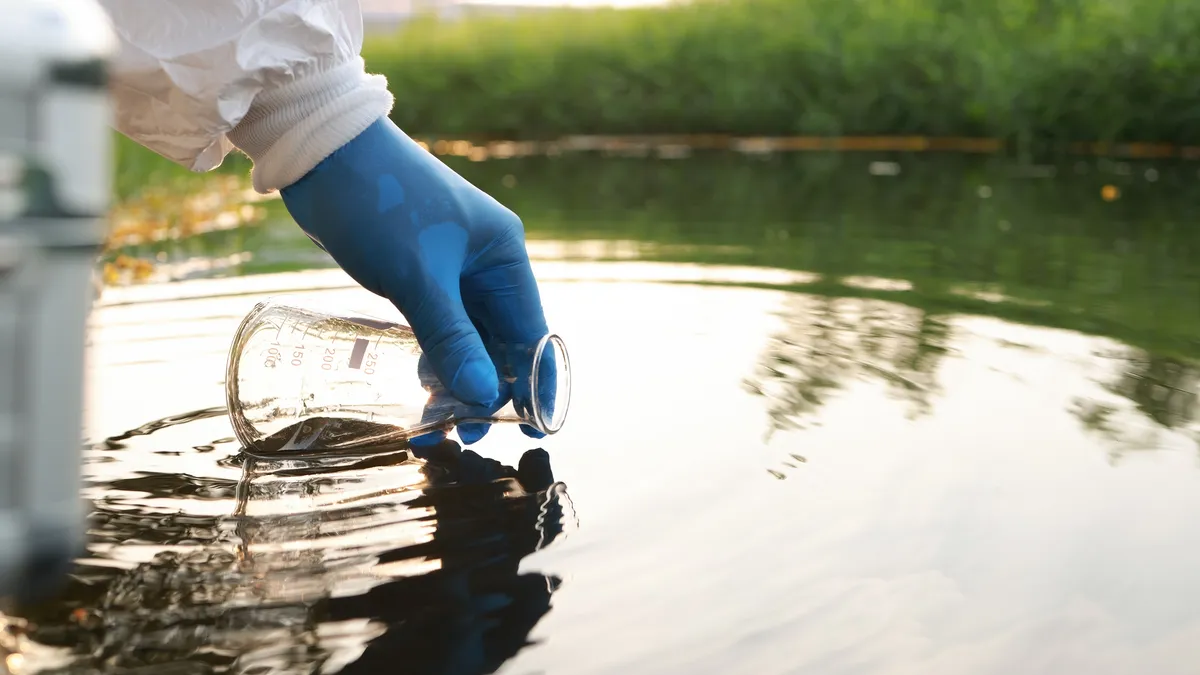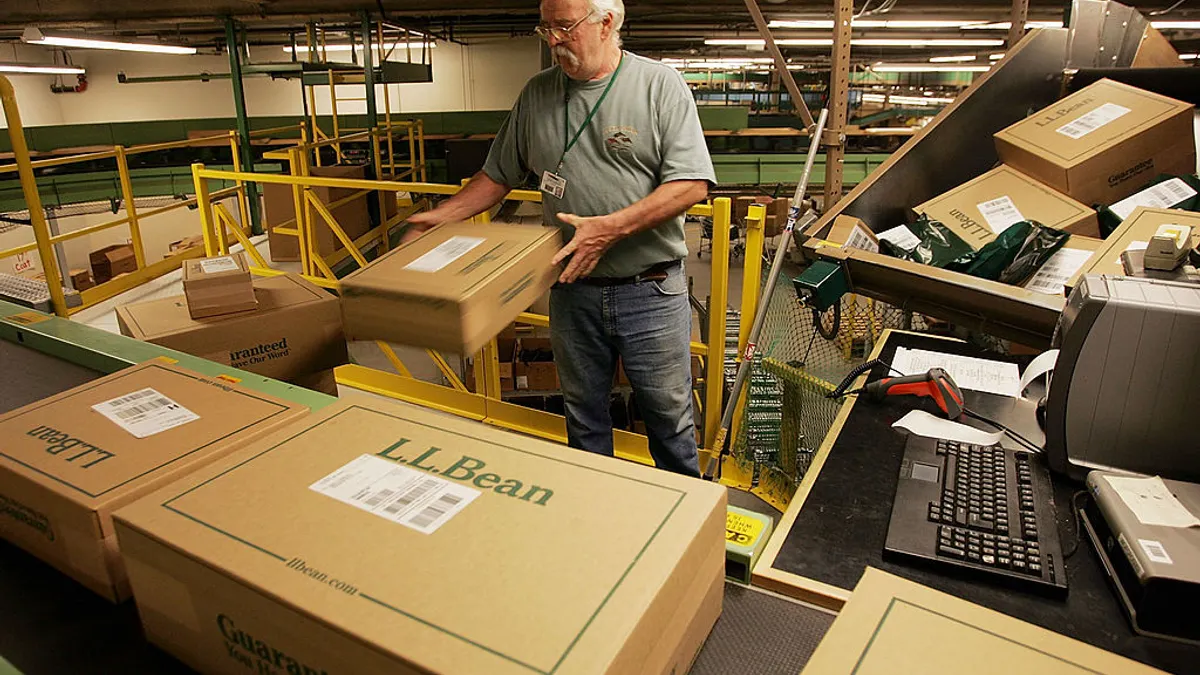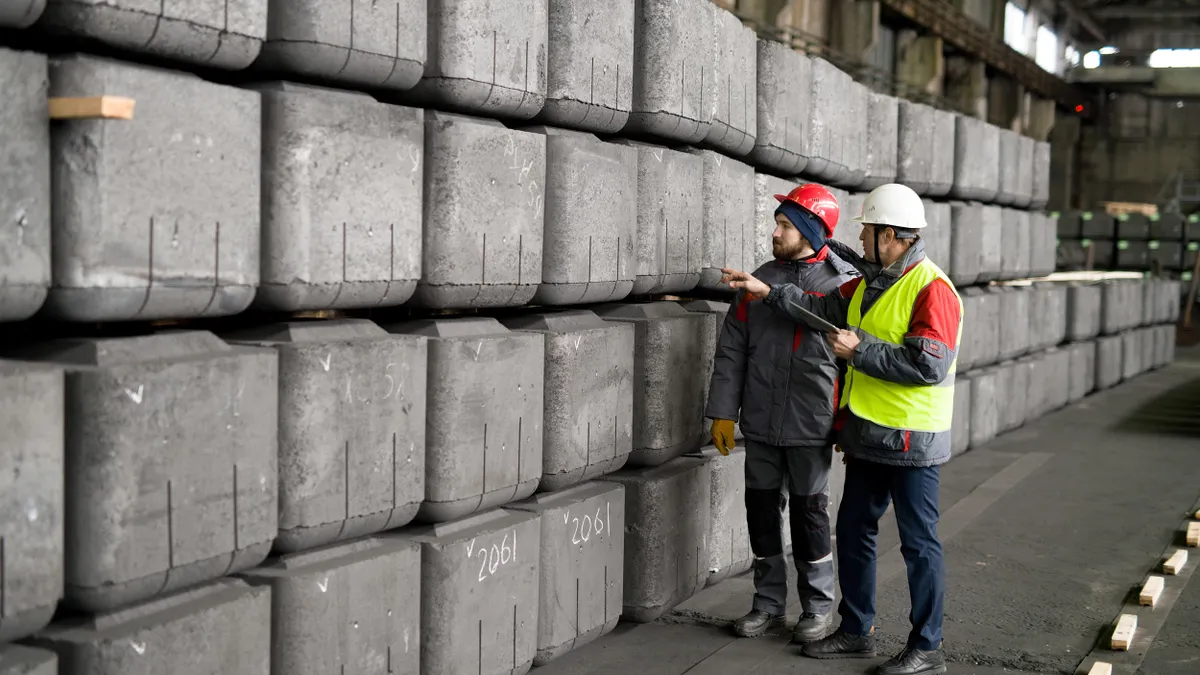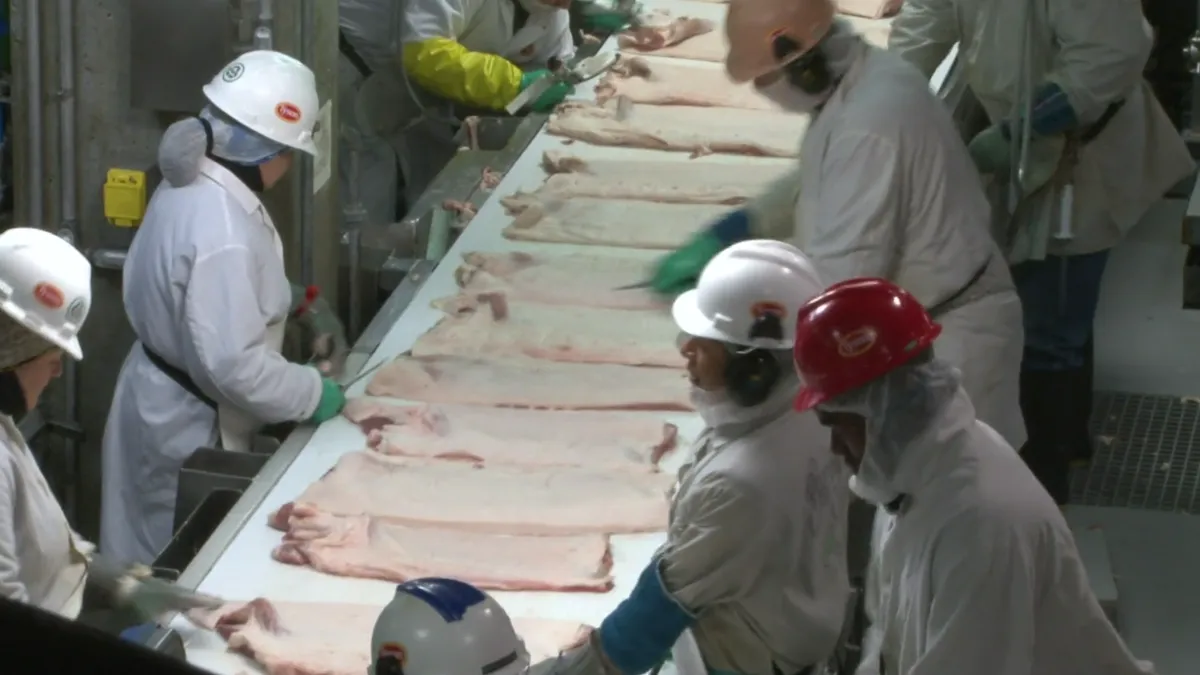Kamelija Milosev is a subject matter expert for chemicals at Enhesa, a provider of global regulatory and sustainability intelligence. Opinions are the author’s own.
As corporations sift through an environmental, sustainability and governance landscape that continues to grow broader and more complex by the day, one four-letter acronym has loomed larger than most over many companies’ manufacturing businesses: PFAS.
Per- and polyfluoroalkyl substances (PFAS) are a group of man-made chemicals used in various industrial applications due to their unique properties that resist heat, oil, water and stains. PFAS have played a crucial role for decades in the manufacturing of everything from medical supplies to textiles to contact lenses.
Unfortunately, these chemicals are also particularly challenging to manage during production, leading to unintended releases into the air, water and soil. Because these chemicals break down so slowly, they earned the nickname “forever chemicals.”
The consequences of these emissions have been grave. The presence of PFAS in the environment has led to a host of health complications in humans, such as certain types of cancer, infertility and even delayed puberty in adolescents .
How new legislation creates compliance risk
In response, legislators and regulators around the globe have been busy creating new regulatory proposals and in some cases outright banning PFAS in the manufacturing process.
To date, roughly 1,200 global regulatory initiatives have been launched to regulate PFAS, according to Enhesa research, with 800 of these emerging over the last three years.
For manufacturers, many of these regulatory developments have exposed significant blind spots in their operations where PFAS exposure could create serious compliance and reputational challenges.
Among some of the most pressing of these are the EU’s Drinking Water Directive, which put a 0.5 microgams per liter limit on all PFAS in drinking water, and a proposed U.S. Environmental Protection Agency regulation that would put limits of four parts per trillion liters on two common types of PFAS compounds in drinking water supplies.
While the immediate onus on compliance with these regulations will be on local water utilities, the focus will quickly turn to manufacturers and their contributions to drinking water pollution.
Meanwhile, U.S. legislators have introduced a potentially game-changing proposal that would require PFAS to be included as a hazardous substance under the Comprehensive Environmental Response, Compensation, and Liability Act. Doing so would establish liability for current and former owners and operators of facilities where hazardous wastes were released or disposed, as well as generators and arrangers of disposal or transportation of hazardous substances.
The ramifications of just that one development could create a thorny nest of compliance challenges for manufacturers. Not only would it force current owners to quickly change the nature of their manufacturing, it would forge a pathway for past owners to legally be held liable for past PFAS emissions.
While these regulations are undoubtedly the right decision for public health and safety, they also present a host of challenges for corporations that need to find a way to quickly comply with the new rules.
Emission pathways and preventative measures
For corporations to truly understand how to strip PFAS from their manufacturing processes, they first need to get a handle on how PFAS are emitted. The release of PFAS processes primarily occurs through three pathways:
- Air emissions: During the synthesis and application of PFAS-based products, volatile PFAS compounds can evaporate into the air. This is especially prevalent during high-temperature processes, such as drying or curing coatings.
- Wastewater discharge: Industrial facilities that use PFAS in their processes can discharge contaminated wastewater into nearby water bodies, leading to long-lasting environmental contamination.
- Solid waste: PFAS are incorporated into various materials. When these materials are discarded as waste, they can leach into the surrounding environment or enter landfills, potentially seeping into the soil and groundwater.
Assessing operational exposure
If this sounds like a recipe for a radical remaking of decades-old processes, that’s because it is. And when legacy processes are phased out, it tends to require a massive investment of resources. Phasing out PFAS can have significant impacts on company operations, especially for those that rely heavily on the chemicals in their products, processes or supply chains.
Some companies will undoubtedly encounter supply chain disruptions, specifically those that rely on suppliers providing raw materials or components containing PFAS. Virtually every product sold today is made up of dozens of component parts, textiles and chemical compounds that are sourced through global networks of Tier 1, Tier 2 and sometimes even third-, fourth- and fifth-tier subcontractors, before finished goods are sold and marketed.
Exposure to any one of those suppliers if the raw materials or components they provide contain PFAS is not only a significant operational risk for manufacturers, but also a potential business continuity risk if that supplier were to go out of business due to regulatory non-compliance. Businesses need to cast a wide net to make sure they are seeing the complete picture.
Becoming PFAS-compliant will also require a much more rigorous approach to understanding the chemical composition of virtually everything used in the production process. Before any changes can be made, companies will need to conduct comprehensive environmental hazard assessments to understand where PFAS currently exist in their supply chains and processes to create a road map for how production need to be altered.
The costs don’t stop once a chemical is identified as hazardous or a new emission point is uncovered. Companies will need to implement specialized waste disposal measures for PFAS-containing materials: a change that will include employee retraining on all new protocols, plus continuous re-testing of these safeguards to ensure their compliance.
That also may mean employees need new personal safety gear, and all this doesn’t even include new research and development to find suitable replacements for PFAS.
A worthwhile overhaul
While companies may be overwhelmed by the litany of changes they’ll need to make to their operations, they will not have a choice in the matter. The pace at which new regulatory proposals are being introduced and passed suggests that virtually every major manufacturer in every part of the world will need to contend with PFAS remediation in the very near future.
Once companies identify where the risks exist in their supply chains, they’ll have to act fast and methodically to truly create a safer, more sustainable supply chain.
The good news is that through the process of addressing these risks and removing them, businesses will not only be closer to their sustainability goals, they will also build a safer, healthier environment for their workers and their communities and have a chance to optimize processes that have largely been running on autopilot for years.
For those that drag their feet on making changes, however, the outlook will not be so positive.




















